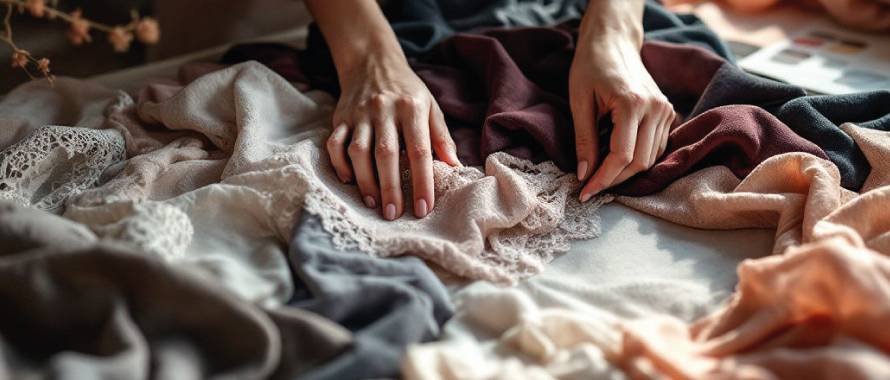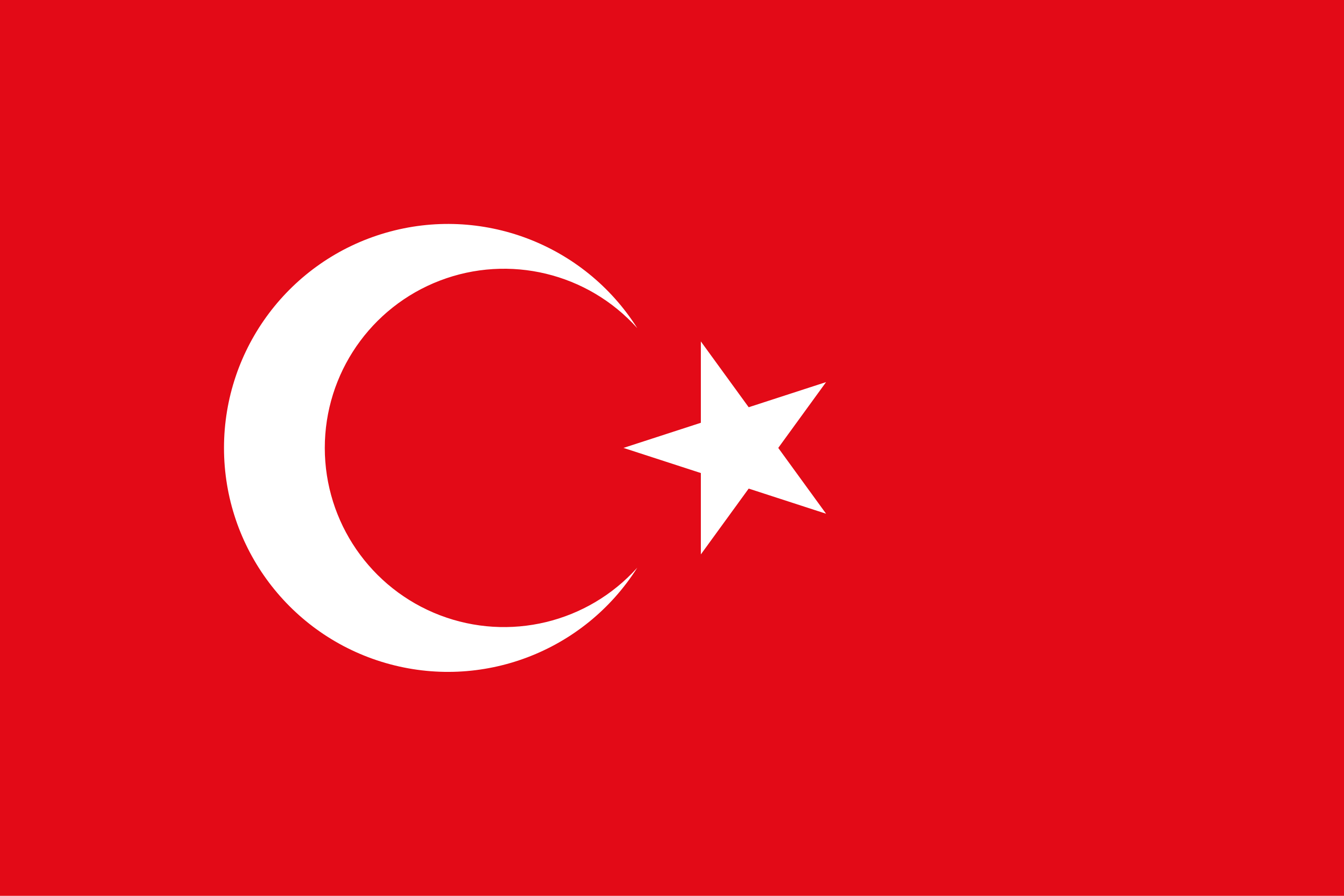Weaving is a beautiful blend of artistry and skill, where the materials you choose play a vital role in defining the final outcome. Among these, selecting the right yarn is perhaps the most crucial decision you’ll make. From the fiber content and weight to the texture and durability, every aspect of your yarn affects the look, feel, and longevity of your woven creation. This guide will help you navigate the key factors to consider when choosing the perfect yarn for your next weaving project.
Fiber Content: The Foundation of Great Weaving
The type of fiber you choose lays the groundwork for your project. Natural fibers like cotton, wool, linen, and silk are the most popular choices, each bringing unique qualities to your work. Here’s a breakdown of their strengths:
Cotton
Cotton is a versatile fiber that is soft, smooth, and durable. It’s an excellent choice for items like towels, table runners, and lightweight garments. Easy to dye, it offers vibrant color options, making it a favorite for both beginners and professionals.
- Best for: Towels, dishcloths, and scarves.
- Why choose cotton: Its strength and smooth texture make it ideal for both warp and weft.
Wool
Wool’s natural elasticity and warmth make it a perfect choice for creating cozy, textured fabrics. It works well for projects like blankets, winter scarves, and wall hangings where insulation is key.
- Best for: Blankets, scarves, and rugs.
- Why choose wool: It’s soft, insulating, and adds a lovely textured feel to woven pieces.
Linen
Linen is renowned for its durability and strength, making it an ideal option for projects that require longevity, such as rugs, table linens, or upholstery. Although it starts stiff, linen softens beautifully over time and use.
- Best for: Tablecloths, placemats, and upholstery.
- Why choose linen: It’s incredibly strong and withstands heavy use.
Silk
Luxurious and lightweight, silk brings elegance to any project. Its natural sheen and soft drape make it perfect for fine scarves, shawls, and decorative pieces.
- Best for: Scarves, shawls, and high-end clothing.
- Why choose silk: Its luxurious feel and striking appearance elevate your weaving projects.
Yarn Weight and Thickness
The weight or thickness of your yarn significantly impacts the texture and structure of your woven fabric. Yarn weights are often expressed using systems like ply count or fractions (e.g., 8/2, 16/2).
- Fine Yarns (e.g., 20/2 silk): Suitable for delicate, lightweight fabrics such as scarves or lace-like pieces.
- Medium Yarns (e.g., 8/2 cotton): Versatile and ideal for projects like towels or table runners, where strength and a smooth texture are key.
- Thicker Yarns (e.g., 5/2 wool): Perfect for creating chunky, warm items like rugs, blankets, and winter scarves.
Choosing the right weight ensures your fabric’s density and drape align with the needs of your project.
Texture and Drape
The texture of your yarn can define the aesthetic and tactile qualities of your woven piece. Smooth yarns, such as cotton or silk, result in clean, precise patterns, making them ideal for formal or intricate designs. Textured yarns, like boucle or slubby yarns, introduce depth and visual interest, making them perfect for home décor or artistic pieces.
Drape, which refers to how the fabric hangs or flows, is another essential consideration. For instance:
- Soft drape: Use pliable fibers like wool or silk for garments or scarves.
- Structured drape: Opt for stiffer fibers like linen for table runners or rugs.
Strength and Durability
Durability is especially critical for warp yarns, which bear the tension on the loom. Fibers like linen and wool are known for their strength, while cotton provides a balance of durability and versatility. Weft yarns, which experience less tension, can be more varied in texture and softness, depending on the design and function of the finished piece.
Color and Dyeing
The color of your yarn sets the tone for your weaving project. Wool, for example, absorbs dye beautifully, resulting in vibrant, rich hues, while cotton produces softer, muted tones. Linen tends to take on earthy, subtle shades. Always ensure your chosen yarn is colorfast, particularly for items exposed to sunlight or frequent washing.
Matching Yarn to Your Project
Each type of yarn has specific applications, so matching the fiber, weight, and texture to your project ensures success:
- Towels and Dishcloths: Use cotton for its absorbency and ease of care.
- Scarves and Shawls: Opt for silk or wool to achieve softness and luxurious drape.
- Table Runners and Rugs: Linen is your go-to for its strength and structure.
- Blankets and Warm Clothing: Choose wool for its warmth and elasticity.
Experimentation and Creativity
Don’t hesitate to experiment with specialty yarns, blended fibers, or even upcycled materials like T-shirt yarn. Testing swatches is a great way to see how different yarns perform on your loom and how they interact with one another.
Choosing the best yarn for weaving is about balancing function with creativity. By considering the fiber content, weight, texture, strength, and color, you can tailor your material choices to suit the vision and purpose of your project. With the right yarn in hand, your weaving will not only reflect your artistic expression but also stand the test of time




